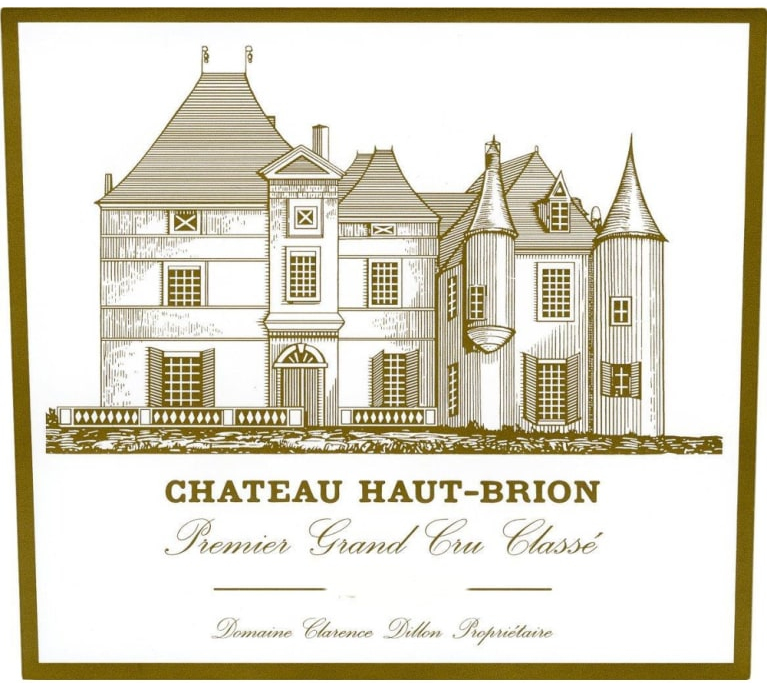Château Haut-Brion 1997
Review of the Estate
Château Haut-Brion is notable for its First Growth status, under both the 1855 and 1973 Mèdoc classifications, despite its geographical location in Graves. This mark of respect is due to the obsession with quality and continual winemaking improvements that have been the dominant modus operandi at Chateau Haut Brion over the past four centuries.
The modern estate grew from humble origins as a property known as Maison Noble d'Aubrion which was acquired by Jean de Pontac through his marriage to Jeanne de Bellon in 1525.
Pontac was responsible for expanding Chateau Haut-Brion, and creating an international market for the wines, the quality of which was noted by Samuel Pepys who wrote in April 1663,"here I drank a sort of French wine, called Ho Bryan, that hath a good and most particular taste that I never met with." However, Chateau Haut Brion was still known formally as Château Pontac until the late 18th Century when it eventually passed out of the Pontac family's hands.
As the first recorded First Growth to be imported into the United States, when Thomas Jefferson purchased six cases during his travels and sent them back to his home in Virginia, it is perhaps unsurprising that Chateau Haut-Brion was eventually purchased by an American. After a string of owners, financier Clarence Dillon acquired the estate in 1935. Chateau Haut Brion is currently owned by Domaine Clarence Dillon, which is a limited company and thereby prevents excessive divisions of the estate between successive generations. Presently, Prince Robert of Luxembourg is at the helm, with Jean-Philippe Delmas managing the viticultural aspects of the business.
As a First Growth, there is constant pressure to produce outstanding yet consistent wines and Château Haut-Brion has consistently embraced new technologies to meet this standard. In the 1960s, the estate pioneered the installation of stainless steel vats - the first of the First Growths to do so. This increased the reliability of the vinification process and positioned Chateau Haut Brion at the forefront of innovation in the Bordeaux region, producing a savoury wine which is both rich and intricate.

Vineyard
Surface area: 106.7 acres
Grape Varieties: 45% Cabernet Sauvignon, 37% Merlot and 18% Cabernet Franc
Average age of vines: 36 years
Density of plantation: 8,00 vines per hectare
Average yields: 35-45 hectoliters per hectare
Average cases produced: 11,000 per year
Plateau of maturity: 10 - 40 years
Château Haut-Brion 1997 Reviews / Tasting Notes
Robert Parker - The Wine Advocate
Point Score: 89
This light to middle-weight Haut-Brion exhibits an evolved, sweet red and black currant nose with notions of scorched earth, minerals, and tobacco. Although not big, it exhibits fine ripeness, harmony, and elegance, velvety tannin, and sweet fruit presented in a charming, open-knit, evolved format. The wine may develop even more complexity, meriting a higher score. Anticipated maturity: 2001-2014.
Wine Spectator
Point Score: 90
A stunningly gorgeous red. Beautiful aromas of licorice, berries and flowers. Medium- to full-bodied, with silky tannins and a long, succulent finish. Very fine indeed. Drink now through 2004.
Stephen Tanzer - Vinous
Point Score: 89-92
Deep ruby-red color. Pungent aromas of black raspberry, hot stones, earth and smoke, plus a whiff of tobacco leaf. Sweet and dense, but sound acidity gives the wine more structure and grip than the Bahans. This is quite firm and tightly wound today, with a more classic shape than the above. Quite long on the aftertaste, with firm but harmonious tannins.